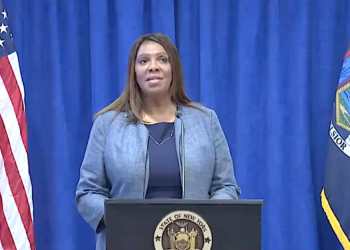Five of the top 15 largest wage gaps between male and female CEOs can be found in Westchester and Fairfield counties.
Even at the top, women are still paid on average about $5 million or 18 percent, less a year than men, according to a recent Bloomberg analysis of Fortune 500 company salaries.
In White Plains, Xylem CEO Gretchen McClain was paid 61.3 percent less than the average CEO of a Fortune 500 capital goods company. And in Stamford, Frontier Communications CEO Mary Agnes Wilderotter was paid 45 percent less than the average telecommunications CEO.
To Teresa Younger, executive director of the Permanent Commission on the Status of Women, the results aren”™t surprising. Since January the commission has been studying the factors that contribute to the gender wage gap in Connecticut, as requested by Gov. Dannel P. Malloy.
“This just reinforces the fact the even at the highest level, where women have made big strides, they”™re still being paid less than men,” Younger said. “There”™s a wage disparity at every level of every profession. There”™s some explained rationale and yet there”™s still an unexplained gap.”
Women make up about 47 percent of the workforce, yet since the Equal Pay Act was signed in 1963, the wage gap has closed by less than a penny a year, according to PCSW.
In 2011, women working fulltime in Connecticut earned 78 percent of what their male counterparts made, amounting to a gap of about $13,229 on average.
“The reality is that economic security and equity in society is predicated on ample opportunity to be compensated for the work that you do,” Younger said. “Women are living longer lives and less compensation means less money in social security, pension funds and less stability.”
Younger said the commission had not yet pinpointed the key factors attributed to the wage gap but said it was largely due to transparency issues, systemic sexism and biases towards “pink collar jobs,” such as child care and teaching, which are typically lower paying jobs.
In October, PCSW is expected to make recommendations to the governor on how to address the pay gap. Currently the commission is evaluating ways to make government more transparent and include gender wage initiatives in its business recruitment strategies. It”™s also looking into making self audits that measure pay gaps more widely available for companies.
Younger said once the commission makes its recommendations she still expects much more research will be needed. The legislature may also find it necessary to draft new laws, she said.
“Even when women break down barriers in finance and insurance, there are still disparities,” Younger said. “There are a lot of issues that need to been addressed, such as workplace policies that penalize both women and men that want to have families.”
“This is not an issue that”™s going away any time soon,” she said.



















